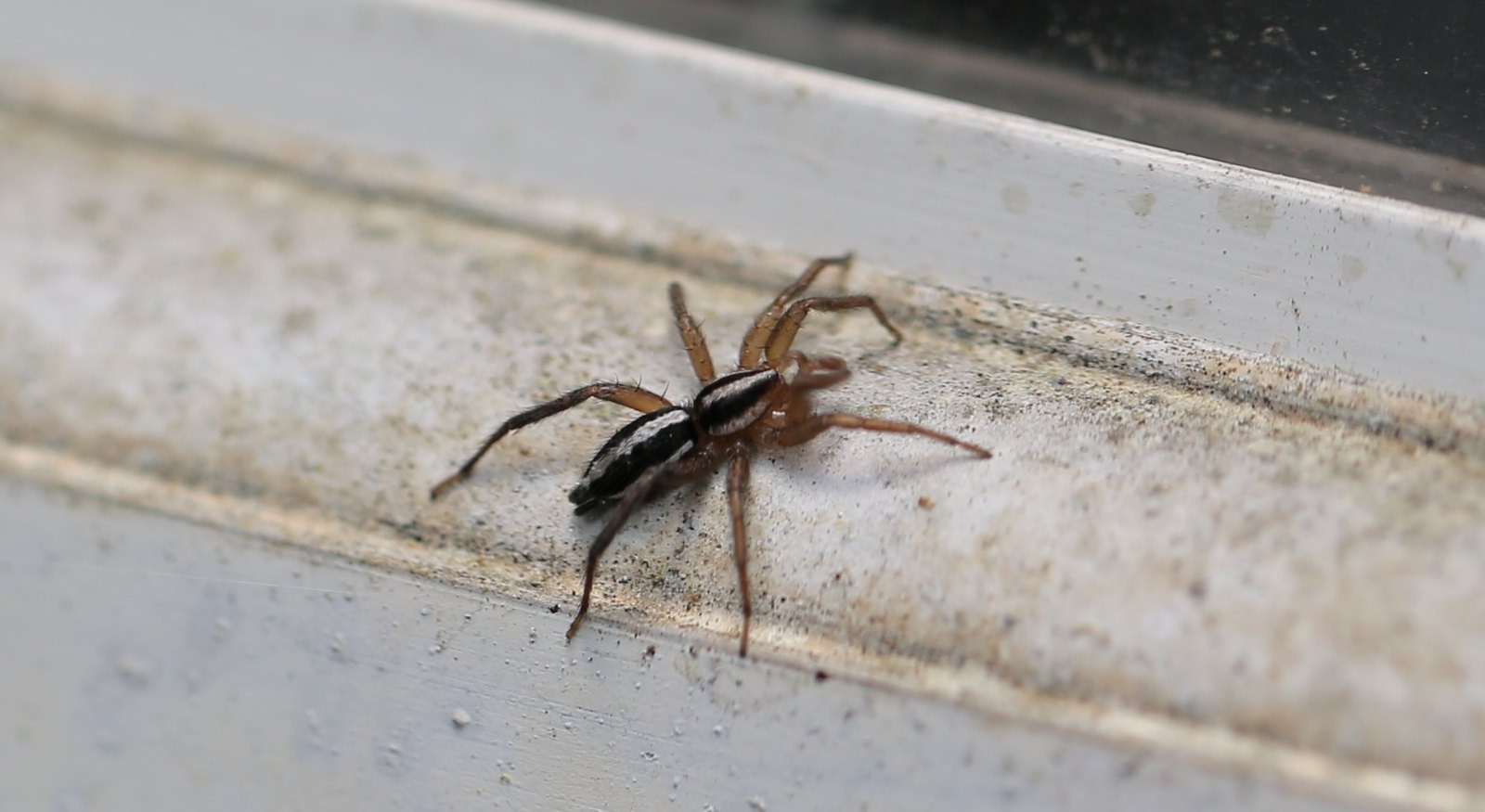
Spiders are fascinating creatures, with their intricate webs and their ability to capture unsuspecting insects. One particularly intriguing species is the Striped Ground Spider. With its distinct appearance and unique behaviors, this arachnid has captured the attention of researchers and nature enthusiasts alike. In this article, we will explore 13 enigmatic facts about the Striped Ground Spider that will leave you in awe of nature’s wonders. From its appearance and habitat to its hunting techniques and mating rituals, these facts will shed light on the captivating world of these remarkable spiders. Whether you have a fear or fascination of spiders, prepare to be amazed by the intriguing details of the Striped Ground Spider.
Key Takeaways:
- The Striped Ground Spider, with its unique striped appearance, is an expert hunter that helps control pest populations by preying on insects, playing a vital role in maintaining ecosystem balance.
- These solitary, nocturnal spiders have excellent vision and construct underground burrows, showcasing fascinating behaviors and adaptations for survival in their natural environment.
The Striped Ground Spider belongs to the family of Gnaphosidae.
The Striped Ground Spider, scientifically known as Gnaphosidae, is a fascinating arachnid species found in various regions around the world.
These spiders are characterized by their distinct striped appearance.
One of the striking features of the Striped Ground Spider is its unique striped pattern on its body, which helps it blend in with its natural environment.
They are expert hunters and primarily prey on insects.
With their exceptional agility and venomous bite, the Striped Ground Spider hunts down and captures a wide range of insects to feed on for survival.
They have excellent vision.
The Striped Ground Spider possesses multiple pairs of large, well-developed eyes, allowing them to have keen vision and detect prey or predators from a distance.
Their venom is primarily used for immobilizing prey.
The venom produced by the Striped Ground Spider serves as a means to paralyze and subdue their prey, making it easier for them to consume their meal.
These spiders are solitary creatures.
The Striped Ground Spider prefers to live alone and usually avoids interaction with other members of its species, except during the mating season.
They construct underground burrows as their primary shelter.
To protect themselves from predators and harsh weather conditions, Striped Ground Spiders create intricate burrows underground, where they spend a significant amount of time.
Male Striped Ground Spiders perform elaborate courtship rituals to attract mates.
During the mating season, male Striped Ground Spiders engage in complex courtship displays to impress potential female partners and ensure successful reproduction.
These spiders play an essential role in controlling pest populations.
By preying on insects, the Striped Ground Spider helps maintain a natural balance in ecosystems by keeping pest populations in check.
They possess specialized sensory hairs on their legs.
The legs of Striped Ground Spiders are adorned with fine sensory hairs that aid in detecting vibrations, air currents, and even chemical signals in their environment.
These spiders are primarily nocturnal.
The Striped Ground Spider is most active during the night, using its excellent night vision to navigate and hunt under the cover of darkness.
They have a lifespan of approximately one to two years.
The average lifespan of the Striped Ground Spider is relatively short, ranging from one to two years, during which they go through various stages of growth and development.
Striped Ground Spiders are harmless to humans.
While the Striped Ground Spider possesses venom for hunting, they are not considered dangerous to humans and seldom pose a threat unless provoked.
Conclusion
The Striped Ground Spider is a fascinating member of the arachnid family, known for its enigmatic traits and behaviors. From their unique striped patterns to their exceptional hunting techniques, these spiders have captured the attention of both researchers and nature enthusiasts alike. Whether it’s their ability to camouflage in their surroundings or their intriguing courtship rituals, the Striped Ground Spider continues to astound us with its mysterious ways.
Although there is still much to learn about these intriguing creatures, their presence in the animal kingdom reminds us of the incredible diversity that exists in nature. The next time you come across a Striped Ground Spider, take a moment to observe and appreciate the wonders of this enigmatic species.
FAQs
Q: What is the size of a Striped Ground Spider?
A: Striped Ground Spiders are usually small in size, with females measuring around 6-9 millimeters, while males are slightly smaller, ranging from 4-7 millimeters.
Q: Do Striped Ground Spiders pose a threat to humans?
A: No, Striped Ground Spiders are considered harmless to humans. They are not aggressive and their venom is not harmful to humans.
Q: Where can Striped Ground Spiders be found?
A: Striped Ground Spiders are primarily found in the grasslands and meadows of North America. They prefer moist soil and can often be seen hiding in burrows or under rocks and debris.
Q: What do Striped Ground Spiders eat?
A: Striped Ground Spiders mainly feed on small insects like ants, beetles, and other arthropods. They are skilled hunters, using their speed and agility to catch their prey.
Q: How long does the lifespan of a Striped Ground Spider typically last?
A: The lifespan of a Striped Ground Spider can vary, but on average, they live for about one to two years.
Was this page helpful?
Our commitment to delivering trustworthy and engaging content is at the heart of what we do. Each fact on our site is contributed by real users like you, bringing a wealth of diverse insights and information. To ensure the highest standards of accuracy and reliability, our dedicated editors meticulously review each submission. This process guarantees that the facts we share are not only fascinating but also credible. Trust in our commitment to quality and authenticity as you explore and learn with us.
